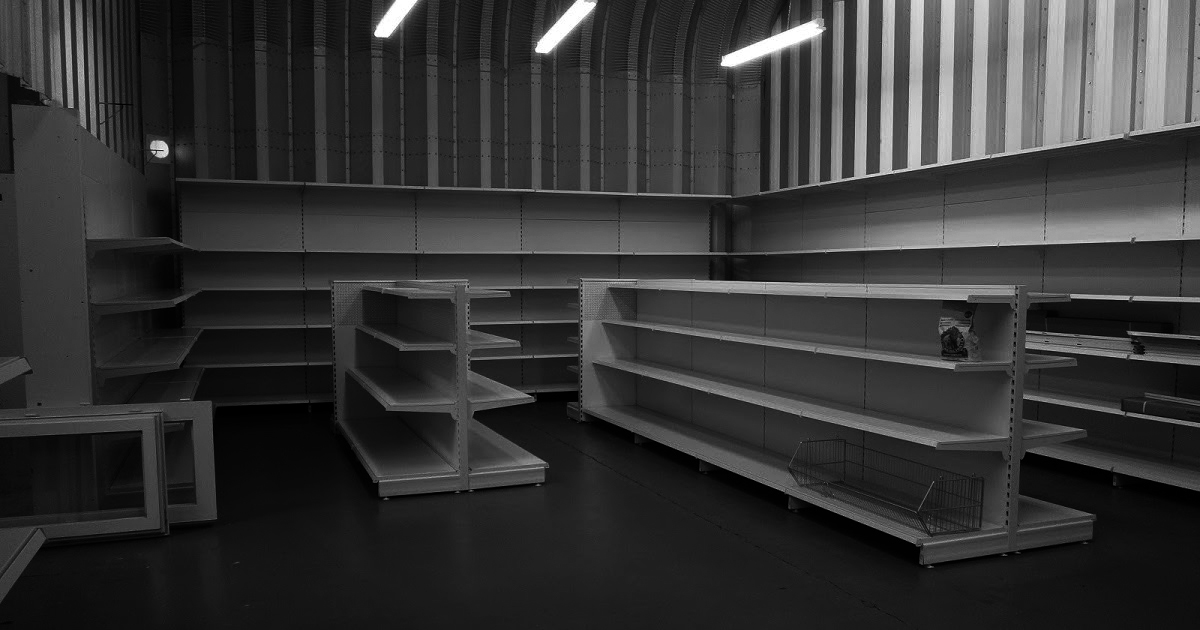Redevelopment underway
Sorry - we’re rebuilding & restructuring - we’ll be back soon … all enquiries please to [email protected].
Thank you for your patience!

Sorry - we’re rebuilding & restructuring - we’ll be back soon … all enquiries please to [email protected].
Thank you for your patience!
